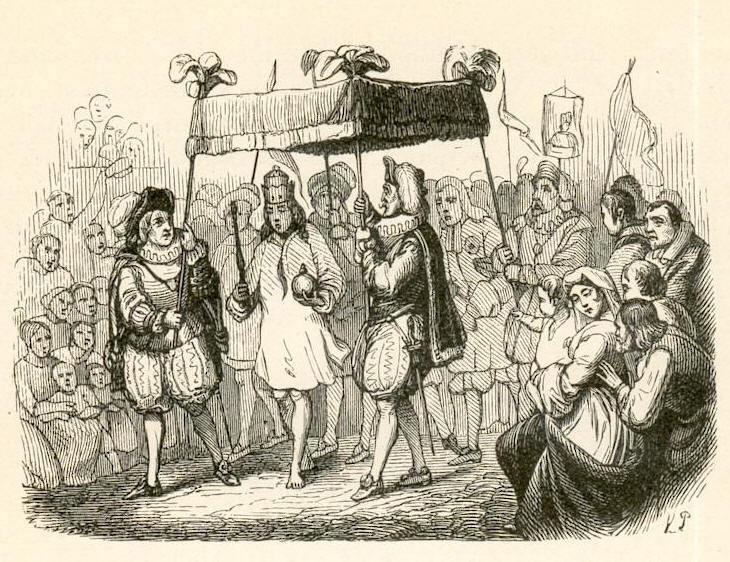Dysfunctional Leadership: Context and Causes
This is one of our free-to-access content pieces. To gain access to all Ideas for Leaders content please Log In Here or if you are not already a Subscriber then Subscribe Here.

Though it is easy to simply blame the leader in situations where organizations face dysfunction, the author proposes here that there are a number of contextual factors that, in fact, lead to success or failure. Specifically outlined are three models/frameworks that help to better understand the components involved in leadership disasters.
In this paper, the author examines the possible bases for dysfunctional leadership, moving away from an emphasis on a leader’s performance and personality to focusing on the contextual features that can lead to success or failure.
Even though the ‘romance of the leader-as-hero movement’ has been muted to some extent, the author says that the hype over charismatic, transformational and inspirational leadership continues. Executive coaches highlight how a person ‘can be their best’ or even ‘the best-in-class’; leadership programs entice participants to become ‘local heroes’. The hype about executive excellence generates unrealistic expectations and brings unintended consequences, such as avoidable personal and organizational trauma, criminality, disappointment, failure, exploitation and greed.
Because of this hype, leaders are often (and conveniently) blamed whenever things go wrong. However, the author points out that leadership and organizational failures may occur just as much from organizational and contextual factors.
According to the author, generally, less attention than is merited is given to contextual factors that may have significantly contributed to failures of leadership or the collapse of the business.
He suggests teasing out determinants of a leader’s behaviour-in-context; as isolating such influences can be useful for the well-being of an organization at large. To do so to author suggests three models, based on existing research, that can be used to develop remedial or preventative intervention strategies.
These three models can be employed to develop corrective or protective interventions:
The Toxic Angel: this is the notion of the toxic triangle of three key components which, in combination, are likely to result in destructive leadership behaviour. These are:
Together, they are a recipe for leadership disaster.
The ACE Framework: this suggests that any assessment of a leader’s performance should take into account the effect on their behaviour of the operational within which they are working. Three key dimensions need to be considered both separately and in combination to build a more complete picture of any organizational situation to be addressed:
The Fraud Triangle: this highlights that it is the opportunity to exploit that makes such unhelpful and destructive behaviour viable for the perpetrator (i.e. the leader) to contemplate in the first place. Counter-productive/destructive executive behaviour is more likely to arise when:
The author concludes that these uncomplicated frameworks highlight that however it may appear a leader’s overt behaviour will be as a result of a dynamic interaction between the various forces highlighted by models above. Instead of simply placing the responsibility for dysfunctional and toxic leadership on the behaviour of the leader(s), more detailed examination of causal factors; this, says the author is the best we can do to look after our leaders and their organizations.
Leadership Behaviour-in-Context: An Antidote to Leadership Hype. Michael Walton. Industrial and Commercial Training (2011).

Ideas for Leaders is a free-to-access site. If you enjoy our content and find it valuable, please consider subscribing to our Developing Leaders Quarterly publication, this presents academic, business and consultant perspectives on leadership issues in a beautifully produced, small volume delivered to your desk four times a year.

For the less than the price of a coffee a week you can read over 650 summaries of research that cost universities over $1 billion to produce.
Use our Ideas to:
Speak to us on how else you can leverage this content to benefit your organization. info@ideasforleaders.com